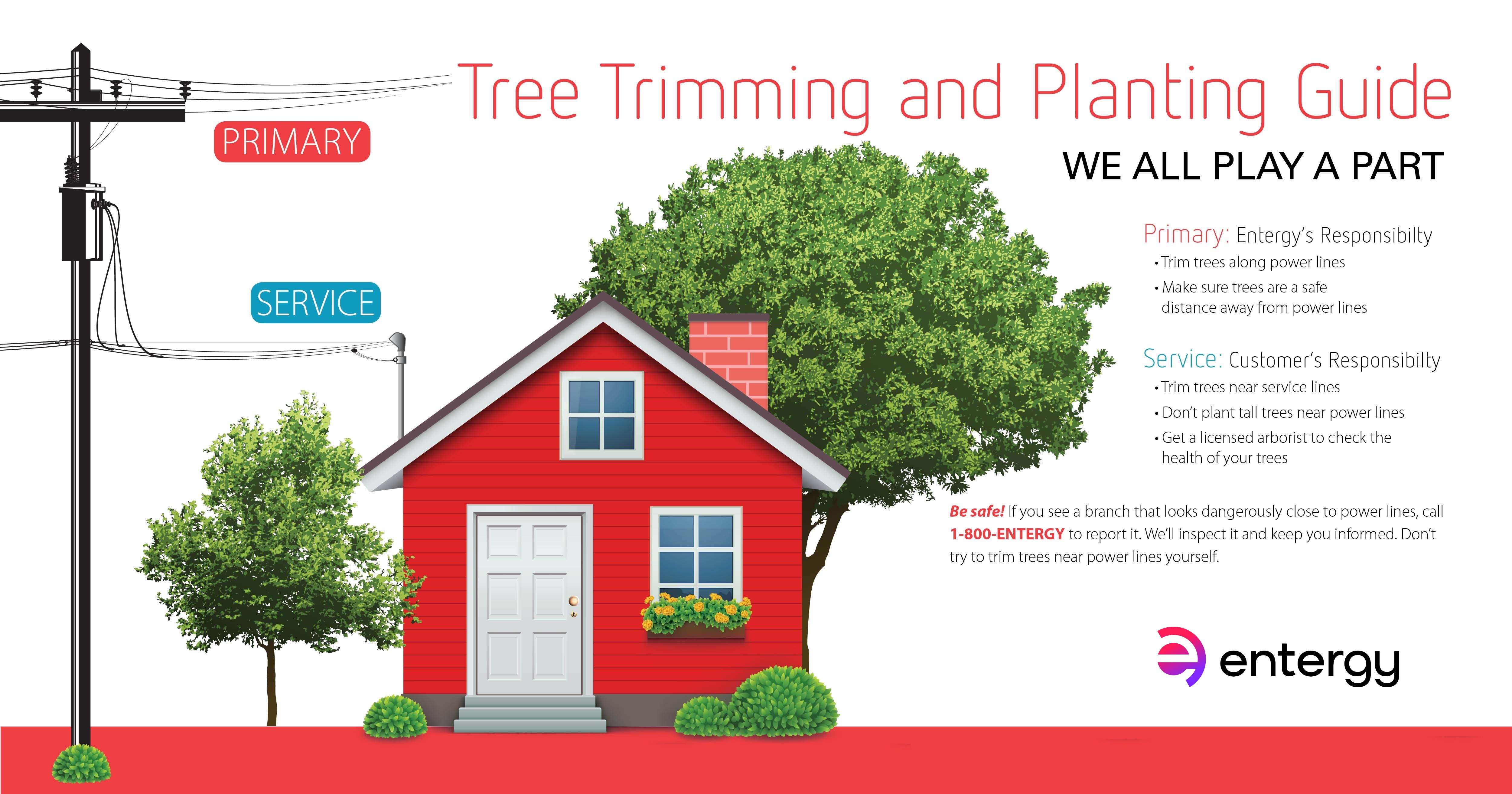Seasonal Tree Administration: Strategies For Looking After Trees Prior To And After Their Removal
Seasonal Tree Administration: Strategies For Looking After Trees Prior To And After Their Removal
Blog Article
Write-Up By-
When it concerns seasonal tree care, making sure proper administration prior to and after elimination can considerably affect the wellness and looks of your landscape. By understanding arborist rigging rope required actions involved in evaluating tree health and planning for elimination, you can proactively guard your residential property. However what concerning the vital practices to adhere to once the tree is gone? Remain tuned to uncover the crucial post-removal treatment actions that will aid you grow a flourishing and lasting setting for your trees.
Pre-Removal Tree Care
Prior to addressing the removal of a tree, it's critical to focus on pre-removal tree treatment. Beginning by assessing the tree's health and wellness and architectural honesty. Look for indicators of disease, insect invasions, or any type of structural issues that might pose a safety danger throughout elimination. It's vital to speak with a licensed arborist to determine the very best course of action.
Pruning dead or diseased branches can protect against further damage to the tree and make certain a smoother removal process.
Furthermore, think about the ecological impact of eliminating the tree. Trees play a vital role in our ecological community, so growing a new tree in an ideal area can assist balance out any type of loss. Make certain that you have the essential licenses and approvals for tree removal, particularly if the tree is shielded by local policies.
Seasonal Maintenance Tips
Assessing your tree's requirements throughout the year is important for its health and longevity. To keep your trees in top problem, follow these seasonal upkeep suggestions.
In springtime, focus on pruning to remove dead or broken branches and urge new development.
Summertime calls for regular watering, especially throughout dry spells, to guarantee your tree remains hydrated.
As fall strategies, watch out for early indications of condition or stress and anxiety, and think about applying compost to protect the origins during winter months.
In winter months, beware when getting rid of snow from branches to prevent damage, and continue to check your tree's overall wellness.
Keep in mind to change your treatment routine based upon the certain requirements of your tree varieties and neighborhood environment. By staying attentive and proactive throughout the periods, you can help your trees prosper and thrive for several years ahead.
Post-Removal Tree Treatment
To guarantee the wellness of your landscape even after tree removal, proper post-removal care is necessary. After a tree is removed, it's essential to fill the staying opening with topsoil and small it to avoid settling. This will help maintain the stability of the ground and prevent possible threats in the future.
Consider planting new vegetation instead of the removed tree to restore the equilibrium and aesthetics of your landscape. Consistently water the location to advertise the development of brand-new plants and avoid soil disintegration.
Examine https://thedailychronicle.in/market-reports/2159206/global-plant-factory-grow-lights-market-size-2020-industry-share-growth-business-challenges-investment-opportunities-covid-19-impact-analysis-key-manufacturers-and-2026/ surrounding trees for any type of signs of disease or stress that may have been brought on by the eliminated tree. Watch out for pests that could've been drawn in to the previous tree and take safety nets to secure the remaining greenery.
If needed, speak with a specialist arborist to evaluate the impact of the elimination on the surrounding trees and establish any kind of extra treatment required. By adhering to these post-removal treatment actions, you can make sure the ongoing health and elegance of your landscape.
Final thought
Finally, proactive seasonal tree care is crucial for maintaining the wellness and equilibrium of your landscape. By evaluating tree health, pruning, and seeking advice from an arborist before removal, you can make certain a risk-free procedure. After elimination, filling up the hole, planting new plant life, and normal watering will promote new growth and protect against disintegration. Bear in mind to examine surrounding trees for disease and look for more care procedures from an arborist to maintain your landscape thriving.
